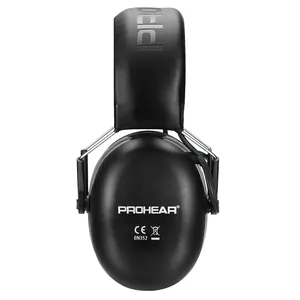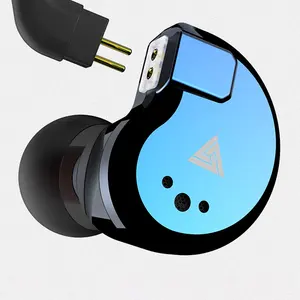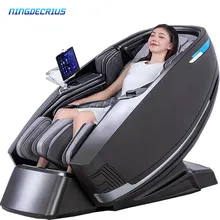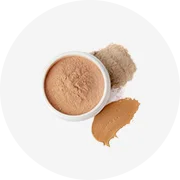
शीर्ष गुणवत्ता वाले KZ ZSN PRO X डुअल ड्राइवर 1BA+1DD हाइब्रिड मेटल इयरफ़ोन इन-ईयर हेडफ़ोन और इयरफ़ोन मेटल वायर्ड हेडफ़ोन


2024 नया एलईडी डिजिटल डिस्प्ले ईयरफोन गेमिंग ट्व्स बोन कंडक्शन ओपन ईयरफोन V5.3 ईयर क्लिप ऑन ईयर वायरलेस हेडफोन


कान की सुरक्षा के लिए सामरिक इलेक्ट्रॉनिक ईयरमफ शूटिंग हेडफ़ोन, वायरलेस ब्लूटूथ ईयर डिफेंडर हेडसेट में निर्मित


यूएस ईयू वेयरहाउस TWS Pro2 BT5.3 ऑडीफोनोस ब्लूटूथ इयरफ़ोन हेडफ़ोन वायरलेस टच स्टीरियो इन-ईयर प्रो 2 स्लीपबड्स ईयरबड्स
शिप करने के लिए तैयार


E12 Tws स्पोर्ट्स वाटरप्रूफ वायरलेस ईयरफोन ब्लू टूथ हेडफोन V5.3 Tws ट्रू वायरलेस ईयरबड्स स्पाइरल ब्लू टूथ ईयरफोन
शिप करने के लिए तैयार

QKZ VK8 गतिशील इयरफ़ोन 4 इकाइयों उच्च ध्वनि की गुणवत्ता मॉनिटर स्तर शोर कमी बुखार HiFi Headphones
शिप करने के लिए तैयार






















 浙公网安备 33010002000092号
浙公网安备 33010002000092号 浙B2-20120091-4
浙B2-20120091-4